How the Power Factor affects Business!
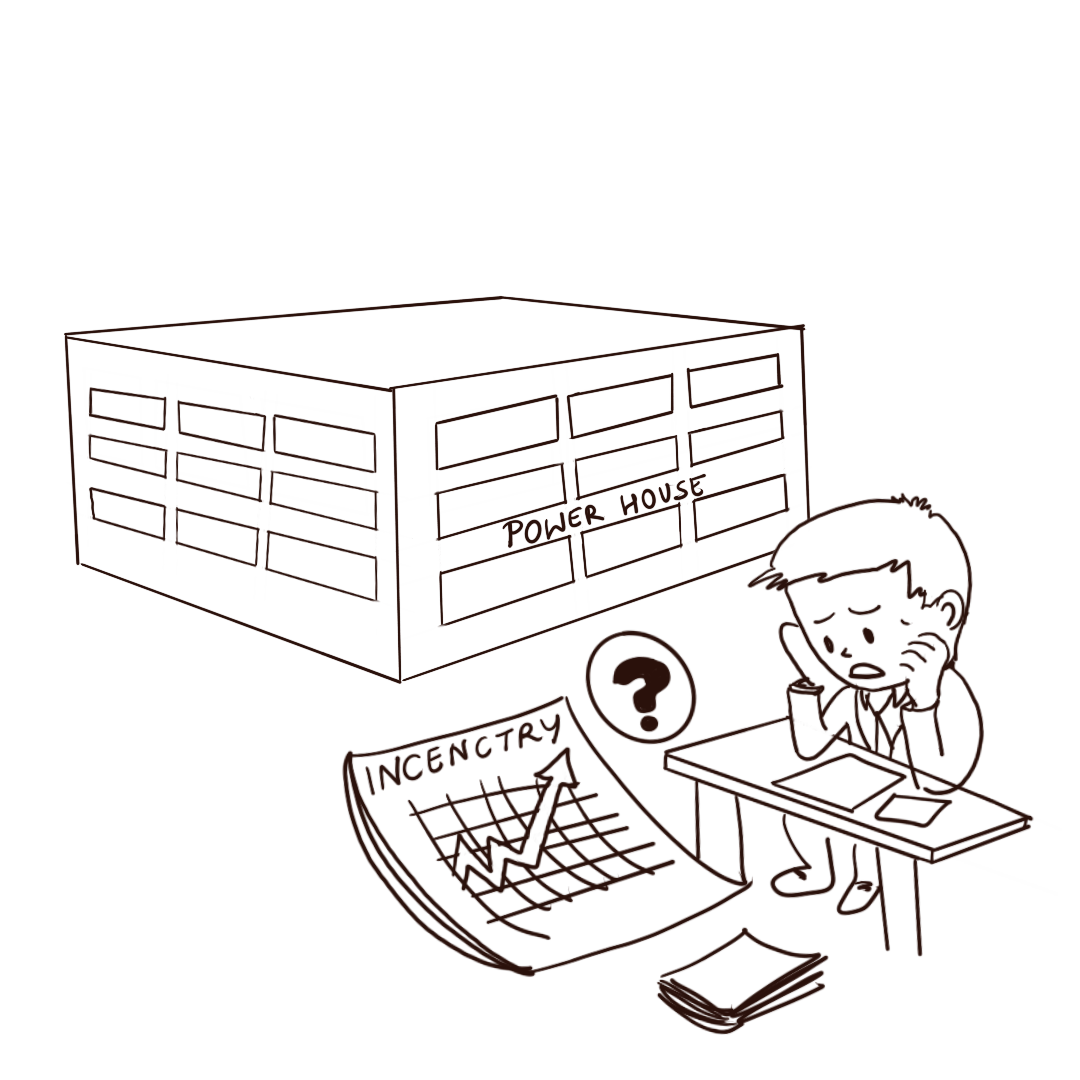
A power factor of 0.7 for example, indicates that only 70% of power is being used effectively and 30% is being wasted. The wasted power is the reactive power. Most loads are inductive in nature, which means the power factor will typically be less than unity. The farther the power factor is from unity, the greater the apparent power drawn and therefore, the greater the current draw for the system.
Why is Power Factor Correction Important?
It’s important because you may be paying for reactive power that you cannot use to power equipment. Improving the power factor results in less current being drawn, therefore less electricity costs, less heat and greater longevity of the electrical system. The power delivered (P) to the load in 3−ϕ supply at a terminal voltage of ‘V’ is given by:
P = √3 VI cosϕ
I=P / √3Vcosϕ
- The rating of some of the equipment such as Alternators, Transformers, and Switchgear is always expressed in KVA, the KVA is given by kVA=kW/cosϕ. The KVA rating of the equipment is inversely proportional to power factor. Hence, the smaller the p.f. larger will be the kVA rating i.e., a larger rating of the equipment is required to deliver the same load which increases the cost of the equipment.
- The size of the conductor always depends on the magnitude of the current. To transmit the same power at low p.f, the conductor has to carry more current, which increases the size of the conductor. This makes the system expensive.
- The losses in the system are proportional to the square of the current (losses=I2R) Low power factor will cause an increase in current which results in more I2R losses, thereby the efficiency of the system decreases.
- Low lagging power factor results in a large current which causes a greater voltage to drop in generators, transformers, transmission lines, and distribution lines. This causes poor voltage regulation. To keep voltage regulation within permissible limits extra equipment (voltage regulator) is required, which makes the system complex and expensive.
Power Factor Definition:
Power Factor: The Cosine of the angle between voltage and current phasors in an AC circuit is known as the Power factor. If phase angle between voltage and current, then the power factor is CosΦ.
In an ac circuit, there is generally a phase difference between voltage and current. In a resistive circuit current and voltage are in phase, hence the power factor of the circuit is referred as unity. In an inductive circuit, the current lags the applied voltage by an angle of ‘Φ ‘, hence the power factor of the circuit is referred to as lagging, whereas in a capacitive circuit, the current leads the applied voltage by an angle of ‘Φ’, hence the power factor of the circuit is referred to as leading.
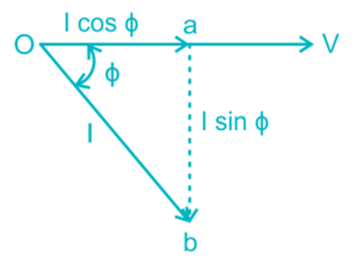
Now we understand the different type of loads, phase angle difference between voltage and current.
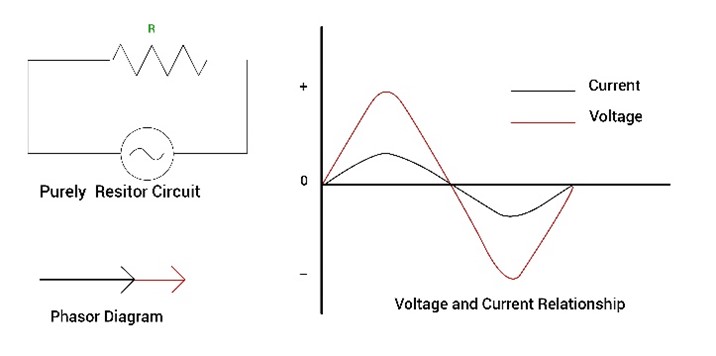
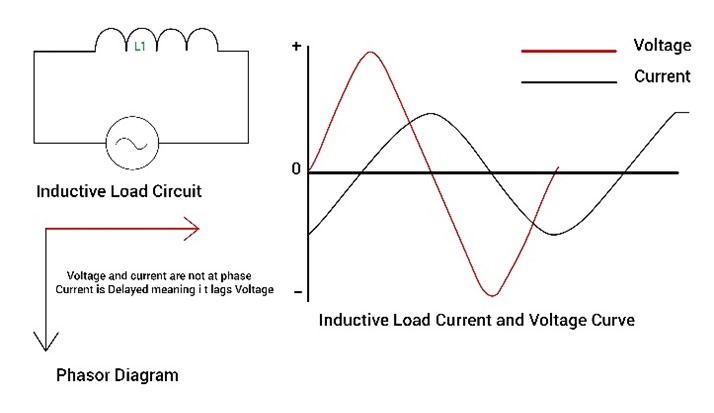
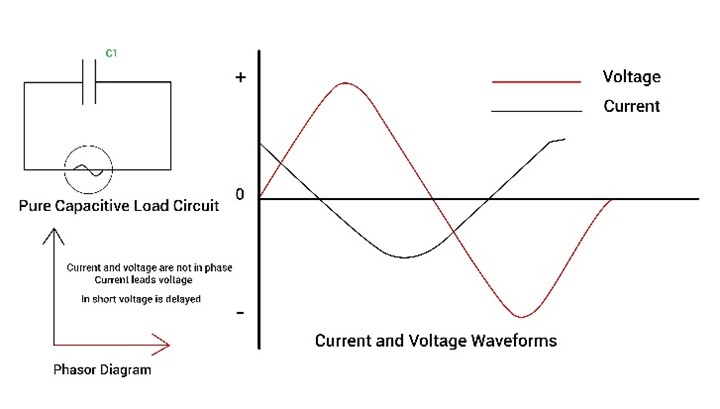
The following devices and equipment are used for power Factor improvement in an electrical system:
- Capacitor Banks: A bank of capacitors can be installed to reduce the reactive power demand of the load, improving the power factor. The capacitors can be fixed or switched, depending on the load requirements.
- Synchronous Condensers: A synchronous motor operating at no-load and over-excited, can be used as a synchronous condenser to improve the power factor of the system.
- Phase Advancers: Phase advancers are AC exciters connected to the rotor circuit of induction motors to improve the power factor of the motor.
- Static Var Compensators(SCSs): SVCs are solid-state devices that use a thyristor-controlled reactor (TCR) and a thyristor-switched capacitor (TSC) to provide continuous reactive power compensation.
- Active Power Filters: These filters can correct power factor issues by generating current components that cancel out harmonic distortion in the system.
- Switched Capacitor Banks: A switched capacitor bank uses automatic switching devices to vary the reactive power demand based on the load requirements, improving the power factor.
- Static Synchronous Compensator (STATCOM): A STATCOM is a voltage source converter that can provide reactive power compensation, harmonic filtering, and voltage regulation.
- Hybrid Power Filters: Hybrid power filters combine active and passive filtering techniques to provide a comprehensive solution for power factor improvement and harmonic distortion reduction.
Many power suppliers charge for the base load (kW) and a maximum demand tariff. If this maximum demand tariff is measured in kVA, then improving the power factor reduces the kVA of the installation, thus reduces the maximum demand tariff and thereby reducing your power costs.
